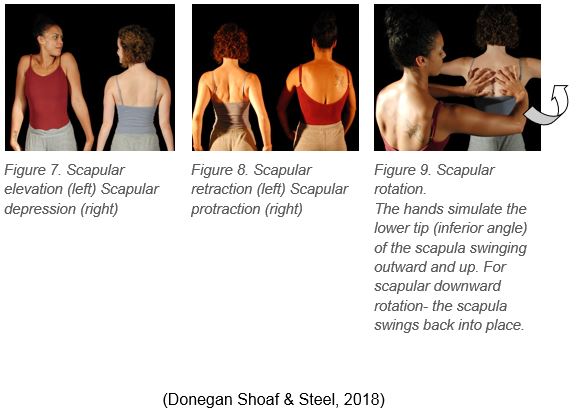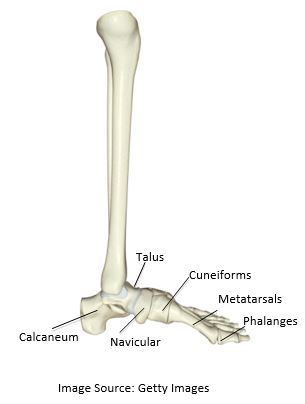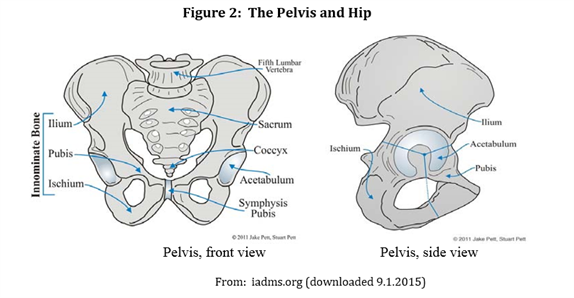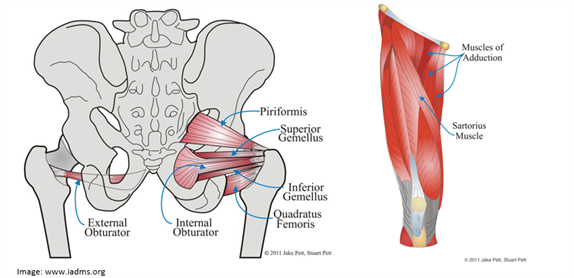Blog
The shoulder complex: An exploration of the scapula
Author: Martha Wiekens on behalf of the IADMS Dance Educators’ Committee
I am very excited to write this blog post introducing a brilliant new resource paper on the shoulder complex, which has been written by Lisa Donegan Shoaf and Judith Steel. The paper provides an in depth look at the shoulder complex, starting with anatomy and specific muscular force couples, then moving onto the integration into whole body movement and common dancer issues relating to the shoulder.
Read ArticleIrene Dowd: The relationship of the scapulae and thorax whilst dancing. Reflections from the IADMS Annual Meeting, Houston, 2017
Author: Elsa Urmston on behalf of the IADMS Dance Educators’ Committee
This is the first in a series of blog posts about the shoulder. The IADMS Dance Educators’ Committee will soon be publishing a new resource paper to help dance teachers, educators and students to understand the complex anatomy, function and mechanics of the shoulder girdle. We will include activities to aid your understanding in an applied context. Keep an eye out for our next post. Meanwhile, after attending a workshop focussed on optimising shoulder mechanics, specifically focussed on the relationship between the rib cage and shoulder blades, Elsa shares some of the outcomes of the session led by Irene Dowd.
Read ArticleIntroducing the knee: Anatomy and biomechanics
Authors: Elsa Urmston and Jonathan George on behalf of the IADMS Education Committee
As dancers, educators and clinicians, we know that knees cope with a lot! Over the last decade or so, the demands placed on the dancer’s body has increased exponentially and ever more complexly. Acrobatic movement is becoming evident and the effect to the joints of the limbs can often mean greater incidence of injury. As Liane Simmel points out “pirouettes on the knees, knee drops, and even a plié in fourth position require particular leg stability and optimal mobility in the knee.”1 In reviewing the literature, Russell2 identifies the lower extremity to repeatedly be the most commonly injured region of the body amongst dancers.
Read ArticleSnapping Hip Syndrome
Author: Janine Bryant on behalf of the IADMS Education Committee
Do your dancers ever say, ‘My hip snaps or pops when I do grand battement or developpe´ devant or a´ la seconde’? The snap sometimes presents with pain but sometimes not, and happens either on the up phase or down phase of the movement. Dancers might also notice decreased range of motion through multiple planes of movement.
Read ArticleFeet: Skeletal and Muscular Structure
Author: Elsa Urmston on behalf of the IADMS Education Committee
Over the next few months the Education Committee bloggers shine a light on the importance of the feet. In June, Maggie Lorraine will write a two-part blog which focuses on potential foot injuries, structural issues, and working with them in dance. We look forward to her insight. By means of introduction to this topic, this short blog provides an introduction to the foot’s skeletal and muscular structure.
Read ArticleThe Pelvis: The Meeting Point of the Body
Author: Clara Fischer Gam on behalf of the IADMS Education Committee
We will get the week started with a post from the IADMS Education Committee. This is part 1 of a two-post discussion on pelvic structure and alignment. Today we will take a closer look at anatomy of the pelvis and share ideas for embodying these concepts in the studio.
Read ArticleCore Control: “Not just abdominals”
Author: Clara Fischer Gam on behalf of the IADMS Education Committee
In previous Education Committee posts we’ve spent time talking about turnout, and mentioned the importance of core control and neutral alignment in maximizing rotation of the legs. Here, we spend a bit more time focusing on core control and what that might mean.
Read ArticleApproaching turnout with young dancers: Muscles that rotate the leg
Author: Elsa Urmston on behalf of the IADMS Education Committee
All too often we see our young dancers forcing their turnout in an attempt to achieve the illusive 180 degree line of the feet whilst often compromising the neutral line of the spine and pelvis and putting the knees, ankles and feet at high risk of injury.
Read ArticlePage 1 of 1
- IADMS 34th Annual Conference - Experience Point of View: Jennifer Milner
- IADMS 34th Annual Conference - Experience Point of View: Joanna Nicholas
- IADMS 34th Annual Conference - Experience Point of View: Erika Mayall
- Beginning ASL for Medical Students & Health Practitioners
- Relative Energy Deficiency in Dance





